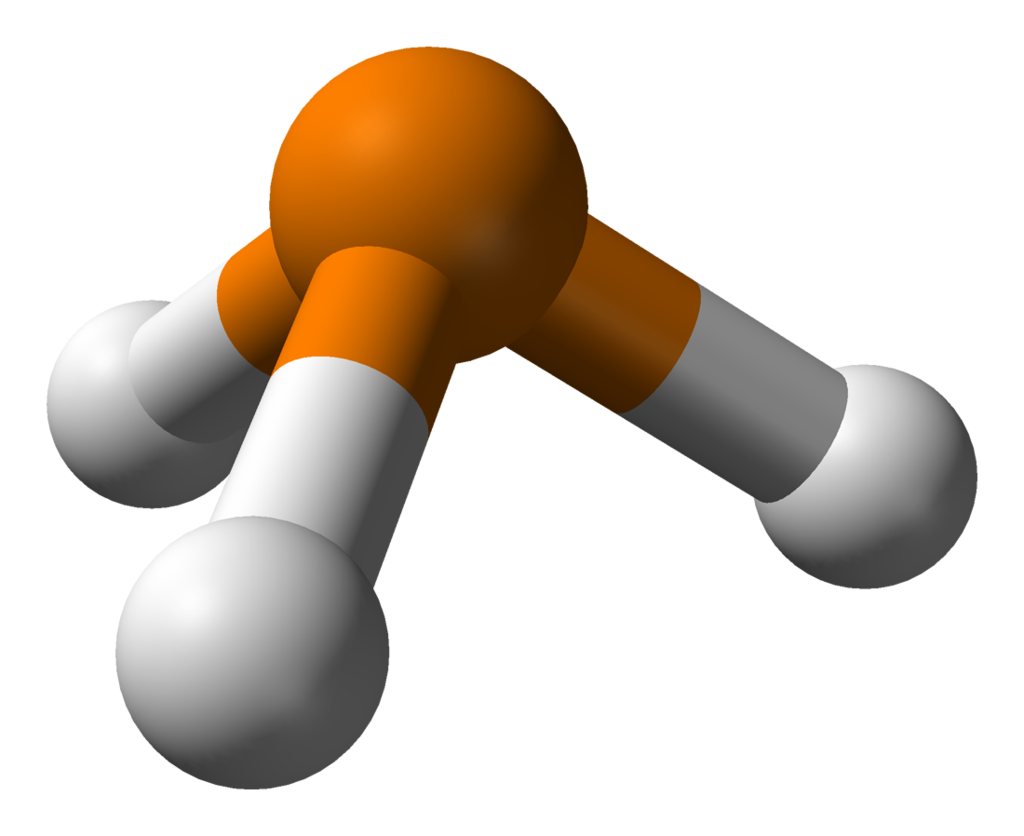In the realm of chemical hazards, phosphine gas stands out for its potent toxicity and potential dangers. Despite its seemingly innocuous appearance as a colorless gas, phosphine poses significant health risks even at extremely low concentrations. From its industrial applications to its impact on human health and the environment, the presence of phosphine demands careful attention and effective safety measures.
What is Phosphine?
Chemical Formula: PH3
CAS Number: 7803 – 51 – 2
Other Names: Phosphane, Hydrogen phosphide, Phosphorus trihydride; Phosphorus hydride
Phosphine, with its chemical formula PH3, is naturally found in various bodily fluids like blood, cerebrospinal fluid, urine, and saliva. In industrial settings, it serves several purposes including as an insecticide for fumigating grains, animal feed, and leaf-stored tobacco. Additionally, it finds applications in microelectronics.
Despite its utility, phosphine is a highly toxic gas. It has a characteristic odor often described as resembling fish or garlic. Notably, phosphine is heavier than air, making it prone to settling along the ground and accumulating in enclosed spaces.
Health Risks of Phosphine Exposure:
The health risks associated with phosphine exposure are severe and wide-ranging. Even at minimal concentrations, inhalation of phosphine can lead to:
- Headaches
- Dizziness
- Fatigue
- Nausea and vomiting
- Pulmonary irritation
- Convulsions
- Multi-organ system damage
Chronic exposure to phosphine can result in more severe conditions including inflammation of the respiratory tract, damage to the gastrointestinal and central nervous systems, increased bone density, and jaundice. Skin contact with phosphine can cause irritation and burns.
Regulations and Safety Measures:
Given its toxicity, various organizations have established exposure limits and safety guidelines for phosphine. These include:
- AEGL (Acute Exposure Guideline Levels) by EPA: Ranging from 0.25 ppm to 0.45 ppm for different exposure durations.
- TWA (Time-Weighted Average) Limits by OSHA and NIOSH: Typically set at 0.3 ppm for an 8-hour workday.
- Short-Term Exposure Limits by NIOSH: Set at 1 ppm for short-term exposures.
It’s crucial for industries handling phosphine to adhere to these regulations strictly and implement comprehensive safety protocols. This includes providing adequate ventilation, personal protective equipment, and regular monitoring of phosphine levels in the air.
Measuring and Monitoring Phosphine:
Monitoring phosphine concentration in the air is vital for ensuring workplace safety. Various monitoring devices and kits are available for this purpose, offering both portable and fixed solutions. These instruments measure phosphine levels in parts per million (ppm), allowing for real-time assessment of exposure risks.
All of those units can be found here: https://www.gas-sensing.com/information/phosphine
Conclusion:
Phosphine gas, despite its widespread industrial use, presents significant hazards to human health and the environment. Understanding its toxicity, adhering to safety regulations, and implementing robust monitoring measures are imperative for safeguarding against its adverse effects. By prioritizing safety and awareness, industries can mitigate the risks associated with phosphine exposure and ensure a healthier work environment for all.


